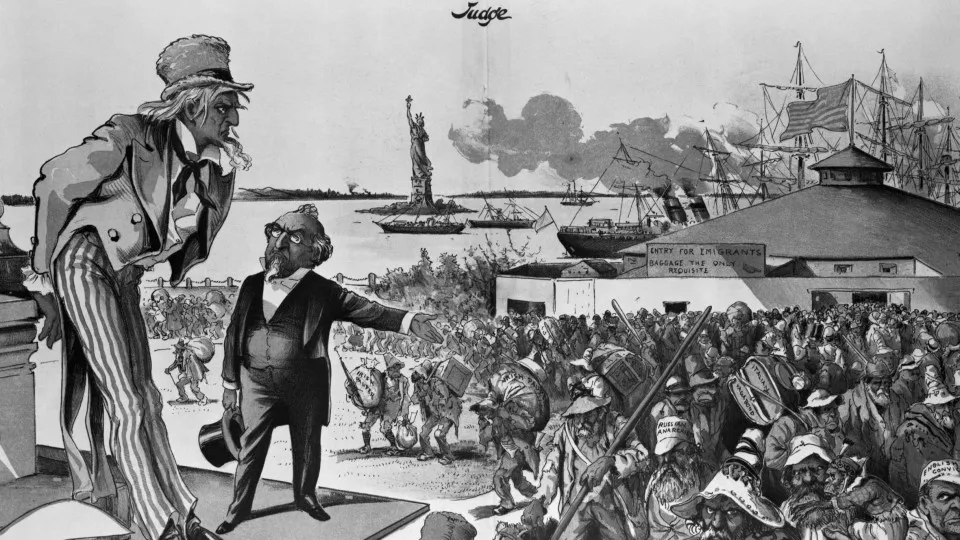A political cartoon can deliver a powerful message. So powerful, in fact, that it can shape public opinion. From their inception in the 18th century, cartoons were seen as way of expressing political views, either by their creators, known as editorial cartoonists, or by the magazine or newspaper publishing the artwork.
These cartoons were, and remain, essentially caricatures of public figures. They typically combine artistic skill, hyperbole, and satire in order to either question authority or draw attention to corruption, political violence, and other social ills, and usually relate to current events and personalities. Simply put, the political cartoon offers a brightly colored alternative to formal news reporting. But who are some of the early pioneers of this unique artistic discipline, and what was their subject matter?
For answers, click through and draw on this brief history of the political cartoon.



